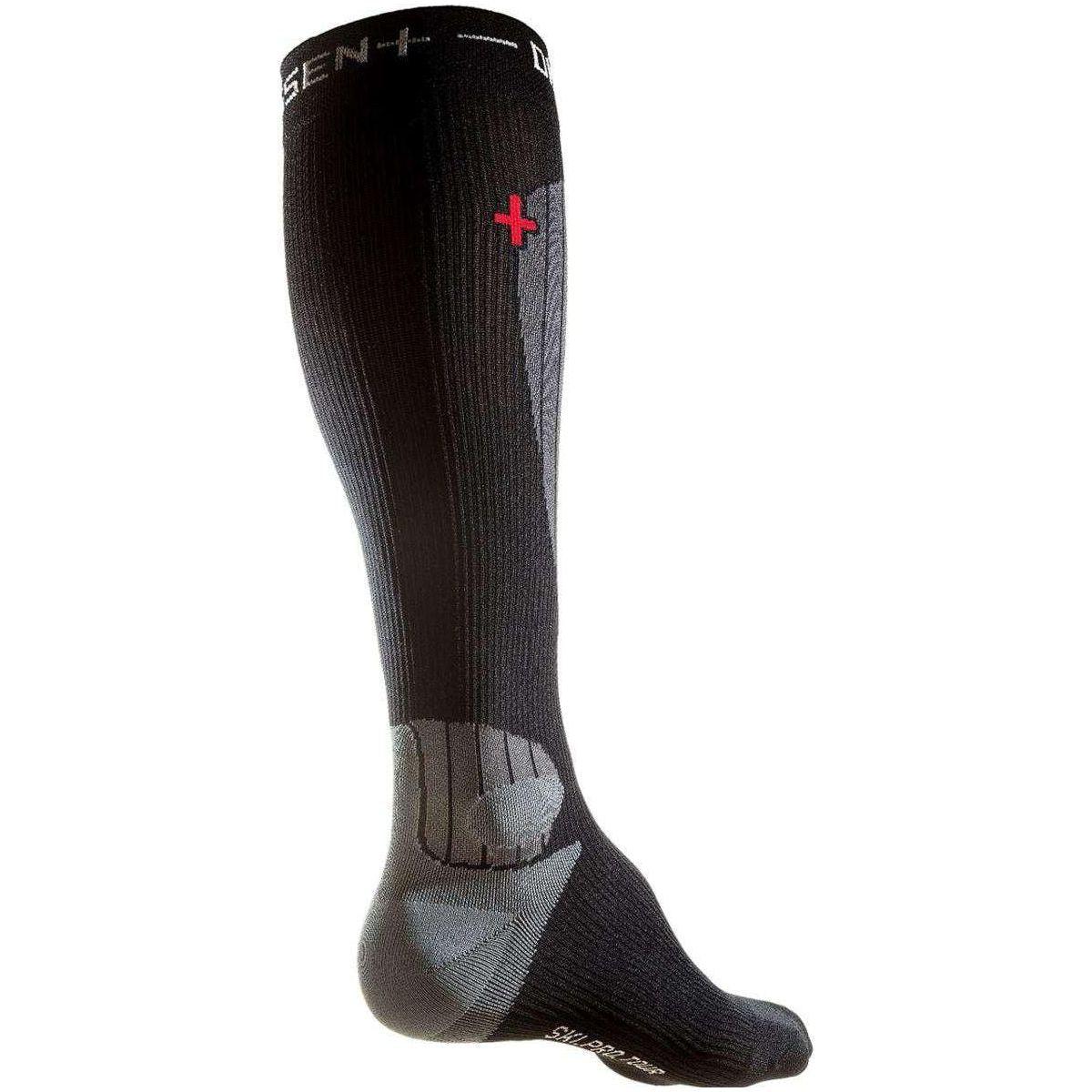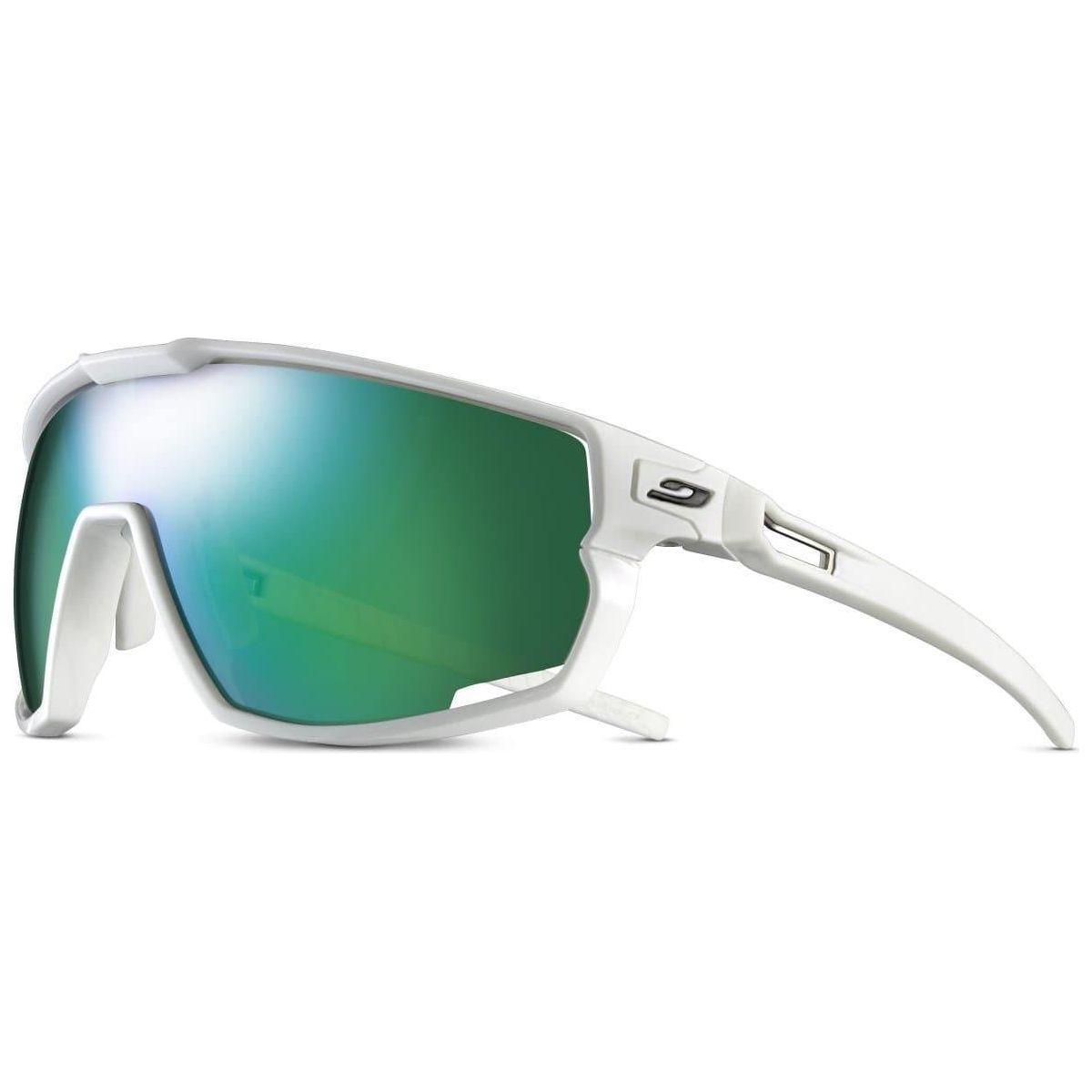PC: (Evan Green)
Free the heel free the mind.
Much like split boarding, you don't telemark in the backcountry because you are looking to be the lightest or the fastest. You do it because you love the turn. However, also much like splitboarding, modern day gear advances are making it more efficient than ever to enjoy the tele turn in the backcountry. So if dropping the knee (not to your girlfriend) is on your mind then by all means, free the heel.
The original backcountry tool
It used to be, if you wanted to get deep into the backcountry and get some pristine powder turns, you had limited options for over-snow travel. Back in the 80's it was all about leather telemark boots and 210cm skis with three pin bindings when getting around in the backcountry. .
The telemark industry made gear advances to satisfy their core customer base: alpine skiers that wanted backcountry access. Not to mention the crowd that also enjoyed a different kind of in-bounds challenge. Boots went plastic, bindings got beefier, and skis followed the alpine shape trends and became shorter and wider.
AT gear gets lighter, Tele gets heavier
Fast forward to the early 21st century, and the gear only got beefier (and heavier) with the introduction of the New Telemark Norm (NTN) system in 2007. While this continued the trend towards satisfying alpine skiers’ need for lateral stiffness and Instagram-worthy hucking, it put the industry behind in the weight category.
While there are still a couple of strong options in both the boot and binding categories, in 75mm cable-style or NTN, they can't come close to matching the lightness and efficiency of modern day touring gear.
Tele Tech: The future
Enter the Telemark Tech System, the Meidjo binding from France, and the Lynx from 22 Designs. These bindings provide the option of a tech (pin) toe for the ascent and a laterally stiff yet supple turn on the descent, each coming in around 450g per foot. Just as important as the weight savings is the ability to tour with a pin. Instead of picking up the weight of your binding every step (NTN system) or actually fighting the resistance of your springs (75mm system), you keep the entire weight of your ski on the ground. This makes for a much more efficient tour.
Whether you’re still freeing the heel for the love of the turn, dropping the knee because you want the extra workout, or venturing into the backcountry on old leather boots and 3-pins, keep on doing what you love. There appears to be just enough industry support to keep new gear coming your way!
Check out this WildSnow Article to hear more about the state of tele skiing




